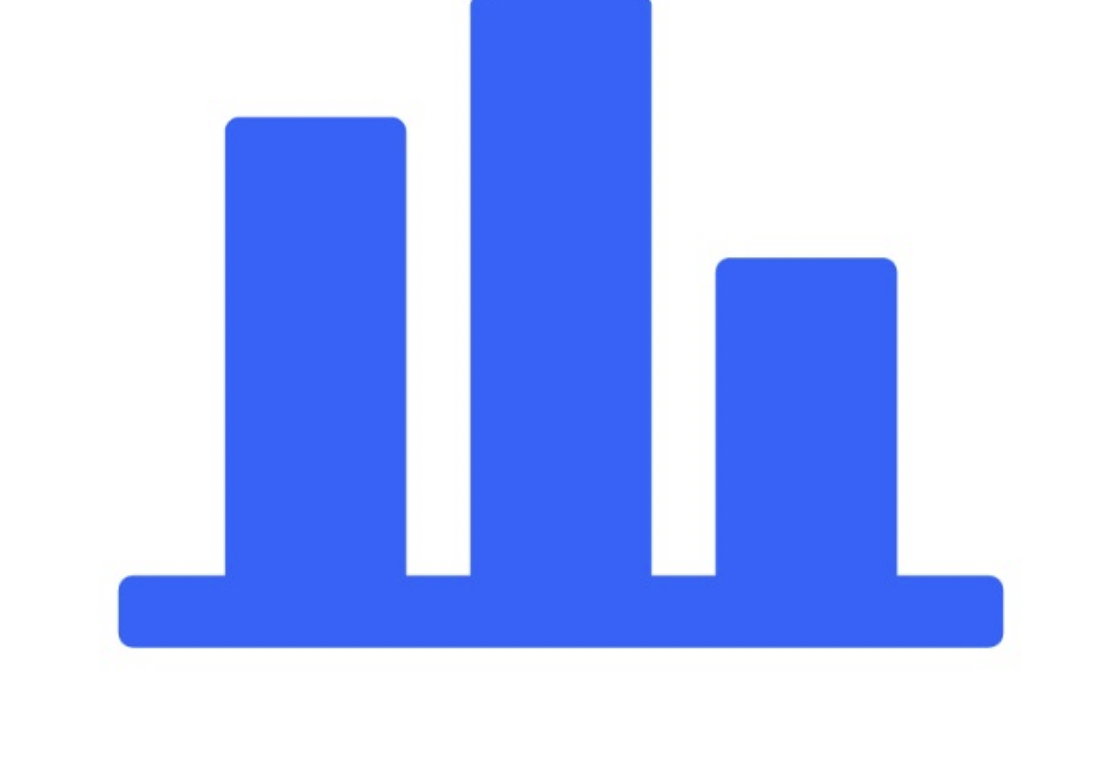Understanding the Economic Forces That Move the Forex Market
While technical analysis helps traders read charts, fundamental analysis helps them understand why the market moves.
It focuses on economic data, interest rates, and global news — the real-world forces that drive currency values up or down.
At Holo Forex, we believe smart traders combine both — using charts for timing and fundamentals for direction.
Here’s a beginner’s guide to understanding fundamental analysis and how it shapes the forex market.
1. The Economic Calendar — Your Trading Roadmap
An economic calendar is one of the most important tools in forex trading.
It lists upcoming economic events, data releases, and announcements that can affect currency prices.
What You’ll Find in an Economic Calendar
- Release date and time of each event
- Country and currency affected (e.g., USD, EUR, GBP)
- Event name (e.g., GDP, inflation, employment data)
- Forecast vs. previous result — to compare market expectations
Example:
If the U.S. releases its Non-Farm Payroll (NFP) report at 8:30 AM, traders worldwide watch the result closely because it can move the USD instantly.
Why It Matters
- High-impact events create volatility — prices can move quickly.
- Knowing the schedule helps traders plan ahead or avoid risky periods.
- It prevents emotional decisions when major announcements hit the market.
Pro Tip: Always check the calendar before trading — especially during major releases like interest rate decisions or job reports.
2. Key Economic Data to Watch
Currency values reflect the strength of a country’s economy.
That’s why traders monitor certain key indicators — data that reveal how well (or poorly) an economy is performing.
Here are the most important ones:
A. Gross Domestic Product (GDP)
GDP measures the total value of goods and services produced by a country.
It’s the broadest indicator of economic health.
- Rising GDP → strong economy → currency tends to appreciate
- Falling GDP → weak economy → currency may depreciate
Example:
If U.S. GDP grows faster than expected, traders may buy USD because it signals a healthy economy.
B. Interest Rates
Central banks (like the Federal Reserve or European Central Bank) set interest rates that influence borrowing, spending, and currency demand.
- Higher rates attract investors → currency strengthens
- Lower rates discourage investment → currency weakens
Example:
If the Bank of England raises rates, the GBP often rises as investors seek higher returns.
C. Non-Farm Payrolls (NFP)
The NFP report measures monthly employment in the U.S. — excluding farm workers.
It’s one of the most closely watched events in forex.
- Strong NFP = more jobs → stronger USD
- Weak NFP = fewer jobs → weaker USD
Tip: NFP often causes large short-term price spikes — plan trades carefully around its release.
D. Consumer Price Index (CPI)
CPI measures inflation — how fast prices are rising for goods and services.
- High CPI = rising inflation → may trigger rate hikes → currency strengthens
- Low CPI = weak inflation → may lead to rate cuts → currency weakens
Example:
If Eurozone CPI jumps higher than expected, traders may buy EUR expecting the ECB to raise interest rates.
3. News Trading Basics
News trading means taking advantage of price movements that happen immediately after major economic announcements.
It’s exciting — but also risky — because volatility increases dramatically during these moments.
How It Works
- Check the economic calendar for upcoming high-impact events.
- Note the forecast and previous results.
- Wait for the actual result — and observe the market reaction.
Example:
If analysts expect U.S. NFP to increase by 200K jobs but the report shows 300K, the USD may surge as traders react to stronger-than-expected data.
Tips for Safe News Trading
✅ Use stop-loss orders — price can move against you quickly.
✅ Trade with lower leverage during volatile announcements.
✅ Avoid guessing the news outcome — wait for confirmation.
✅ Always follow risk management and never over-expose your account.
Note: Some traders prefer to avoid trading during high-impact news if they’re not experienced — volatility can be unpredictable.
4. Combining Fundamentals and Technicals
Fundamental analysis shows why the market is moving; technical analysis shows when and where to enter.
Smart traders use both together.
Example Workflow:
- Use economic data to find a strong currency (e.g., USD).
- Use technical charts to find the best entry point against a weaker currency (e.g., EUR/USD).
Key Takeaways
- Fundamental analysis studies how economic data and events influence currencies.
- The economic calendar helps you track important market events.
- Watch key data like GDP, interest rates, NFP, and CPI — they move markets.
- News trading can be profitable but requires discipline and risk control.
- Combining technical and fundamental analysis gives the most complete market view.
Final Thoughts
Understanding the fundamentals behind the forex market gives traders a powerful edge.
When you know why currencies move, you can trade with confidence instead of emotion.
At Holo Forex, we teach traders to see the big picture — to read not just the charts, but the story behind every price movement.
Because true trading success starts with understanding the forces that drive the market.


